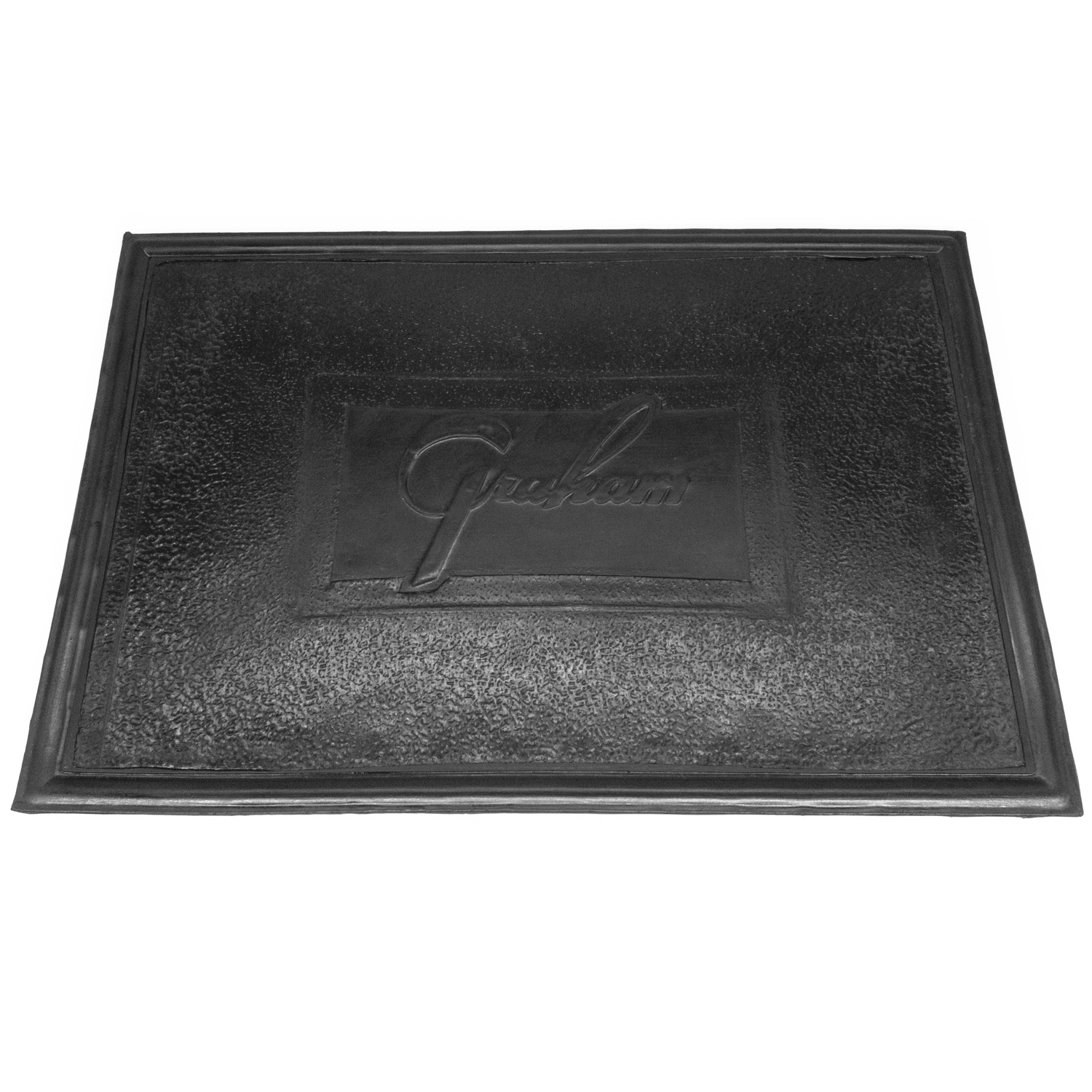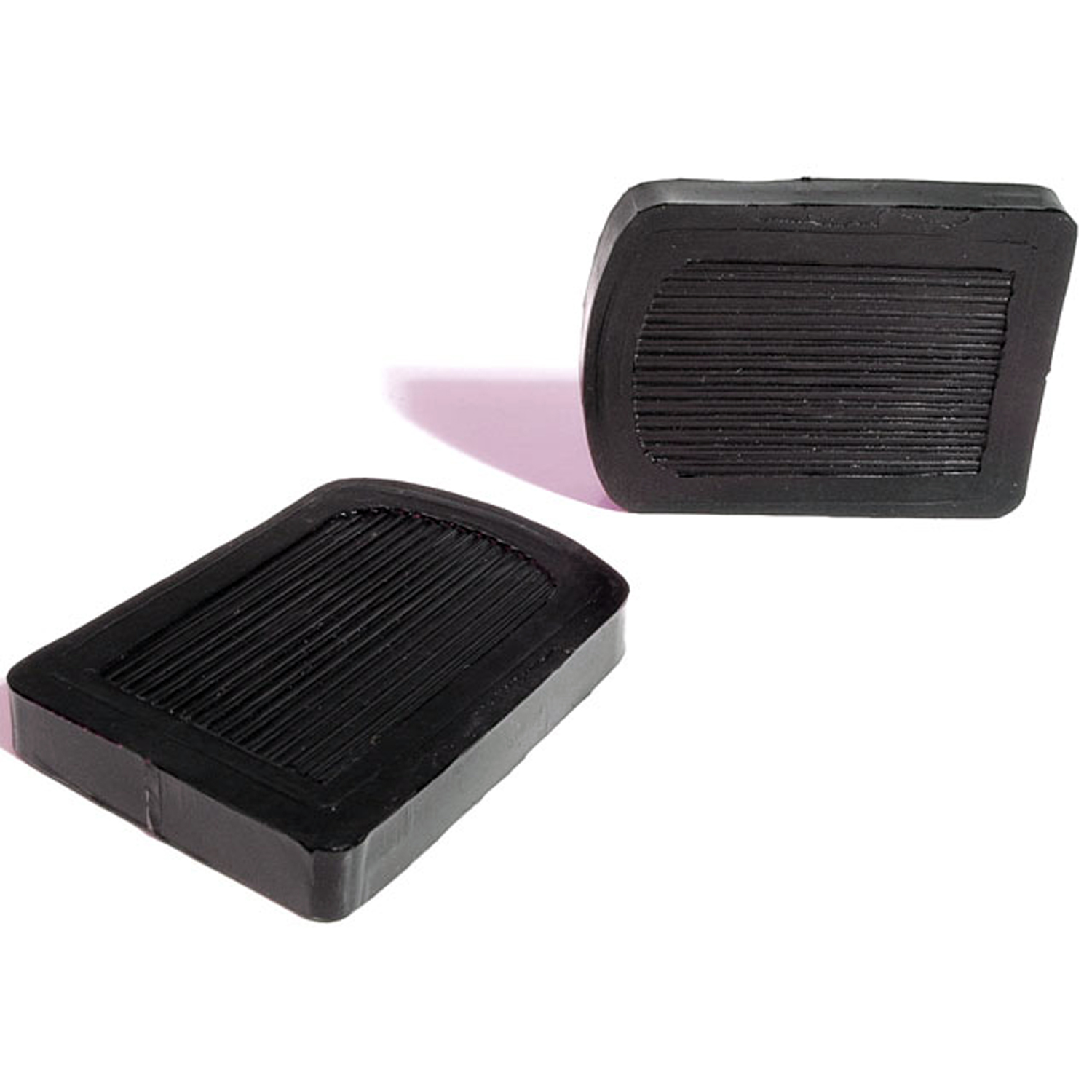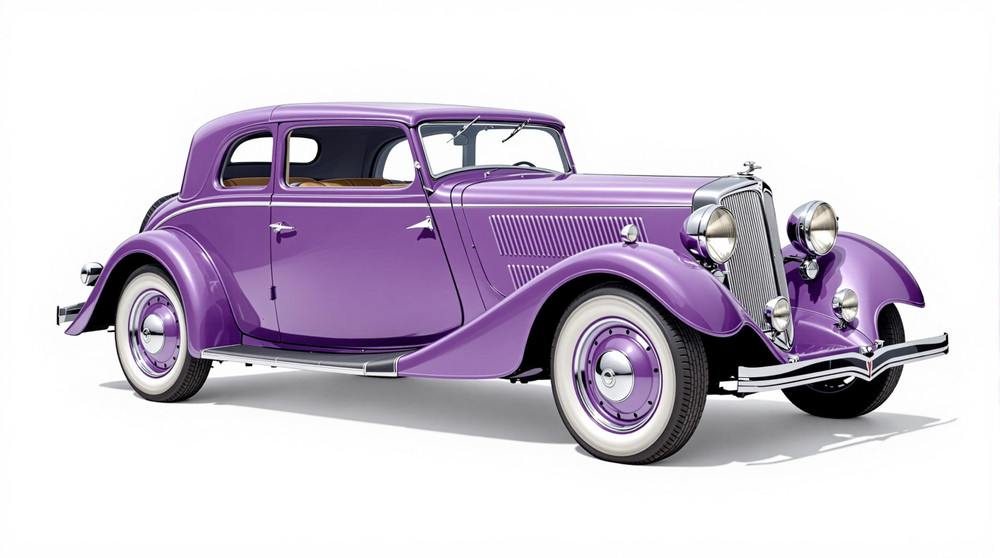Image of 1934 Graham Model 65, Note: These illustrations use artistic license and may differ from actual historical models.
Performance Metrics
Fundamental Metrics
Emotional Appeal
MMP Rating
| Engine Specifications | |
|---|---|
| Engine: | Straight-6 |
| Displacement: | 3.5L |
| Horsepower: | Estimated 85-95 hp |
| Torque: | Not available |
| Compression Ratio: | Not available |
| Ignition System: | Distributor and coil |
| Cooling System: | Water-cooled |
| Performance Specifications | |
| 0-60 Time: | Not available |
| 1/4 Mile Time: | Not available |
| Top Speed: | 75-85 mph |
| Transmission and Drive | |
| Drive Type: | Rear-wheel drive |
| Transmission Type: | 3-speed manual |
| Fuel and Efficiency | |
| Fuel System Type: | Carburetor |
| MPG: | Not available |
| Dimensions and Brakes | |
| Brakes: | Mechanical drum brakes |
| Wheelbase: | 115 inches |
| Weight: | Estimated 3000-3500 lbs |
Note: Specifications for classic cars are given to the best of our ability, considering the limited and variant data available.
Unveiling the Elegance of the 1934 Graham Model 65
The 1934 Graham Model 65 stands as a testament to the innovation and craftsmanship of its era. Born from the ambitious minds at Graham-Paige Motors Corporation, this vehicle emerged during a time when the automotive industry was undergoing significant transformation. The Model 65, also known as the Standard Eight, was part of Graham's strategy to offer value and style during the challenging economic climate of the Great Depression. A notable moment in its history includes its introduction at the Century of Progress World's Fair in Chicago, where it captured the attention of an audience yearning for a glimpse into the future of automotive design.
Design and Innovation
The exterior styling of the Graham Model 65 was nothing short of revolutionary, with its sweeping lines and aerodynamic form that hinted at a new direction for automotive aesthetics. The vehicle's chrome accents and graceful fenders gave it an air of sophistication that was highly sought after in the 1930s. Inside, passengers were treated to an opulent experience with high-quality fabrics and meticulously crafted wood trim. Technologically, it boasted features like an automatic starting system called Startix, and a crankshaft damper that contributed to smoother engine performance. Color options ranged from stately blacks to rich blues, with deep maroon being a particularly popular choice among discerning buyers. The most iconic body style was arguably the sedan, which offered both luxury and practicality.
Historical Significance
The Graham Model 65's impact on automotive design is undeniable. It introduced styling cues that would inspire future generations of vehicles. Its blend of affordability, luxury, and performance set it apart from competitors and carved out a niche for Graham in a crowded market. The car's forward-thinking design elements would echo throughout the industry for years to come.
Performance and Handling
On the road, the Model 65's performance was commendable for its time, with a top speed that could reach up to 85 mph—a remarkable feat in 1934. Acceleration figures are less documented but were considered brisk for a vehicle of its size. Handling was characterized by a smooth ride quality that absorbed road imperfections gracefully while maintaining composure on winding roads. Drivers often remarked on the throaty hum of its straight-eight engine—a sound that became synonymous with power and reliability.
Ownership Experience
The Graham Model 65 served various roles ranging from an elegant daily driver to a prestigious show car. Its reliability was one of its strong suits, although as with any vehicle from this era, modern owners should expect regular maintenance to keep it in prime condition. Parts can be scarce, but a dedicated community of classic car enthusiasts often provides support for those seeking to preserve these historical machines.
Fun Facts
A treasure trove of trivia surrounds the Model 65; for instance, some were equipped with superchargers—a rarity at the time—making them highly coveted among collectors today. While not known for breaking speed records, its sales figures during tough economic times were impressive. Criticisms were few but did include remarks about its weight affecting fuel efficiency.
Collector's Information
Today, a well-preserved 1934 Graham Model 65 can fetch anywhere from $30,000 to $60,000 depending on condition and originality—though these figures can fluctuate based on market interest. Production numbers were limited due to economic constraints; thus, surviving examples are relatively rare. Over time, appreciation for pre-war classics such as this has grown steadily among collectors.
Conclusion
The 1934 Graham Model 65 is more than just an automobile; it is a rolling piece of art that encapsulates the spirit and challenges of its time. Its legacy endures in every curve of its bodywork and every purr of its engine—a true classic that continues to captivate enthusiasts around the world.
1934 Graham Model 65 Catalog of Parts
 1934 Graham Model 65 Accessory Floor Mat - 12"X17"-AC 12Accessory Floor Mat - made of high quality black rubber with molded original emblem. Also designed to be sewn into new carpets. 12"X17", Each
1934 Graham Model 65 Accessory Floor Mat - 12"X17"-AC 12Accessory Floor Mat - made of high quality black rubber with molded original emblem. Also designed to be sewn into new carpets. 12"X17", Each 1934 Graham Model 65 Clutch and Brake Pedal Pads. 2-5/8" wide X 3-5/8" long-CB 25Clutch and Brake Pedal Pads. 2-5/8" wide X 3-5/8" long. Pair
1934 Graham Model 65 Clutch and Brake Pedal Pads. 2-5/8" wide X 3-5/8" long-CB 25Clutch and Brake Pedal Pads. 2-5/8" wide X 3-5/8" long. Pair 1934 Graham Model 65 Clutch and Brake Pedal Pads. 2" wide X 3-5/8" long. Pair-CB 46Clutch and Brake Pedal Pads. 2" wide X 3-5/8" long. Pair
1934 Graham Model 65 Clutch and Brake Pedal Pads. 2" wide X 3-5/8" long. Pair-CB 46Clutch and Brake Pedal Pads. 2" wide X 3-5/8" long. PairWhy Choose Metro?
For over 100 years, Metro Moulded Parts has been the pinnacle of quality in classic car restoration parts. Our commitment to precision and authenticity in every component ensures a perfect fit and an OEM-level appearance.
- Expert Craftsmanship & Quality: Each part is a testament to our dedication to reliability and perfection, crafted from original designs and thoroughly tested.
- Advanced Technology: We use cutting-edge techniques to create flawless, long-lasting parts that surpass others in performance.
- SuperSoft Sponge – The Ultimate Door Seal: Not only are our door seals 30% softer than competitors', but they're also guaranteed to never leak. They effectively reduce wind and road noise, enhancing your classic car's comfort and driving experience.
- Proudly American: Our parts are a product of American craftsmanship, made in the USA with a spirit of excellence and heritage.
- Unrivaled Warranty: We back our products with a 30-year industry-leading warranty, a testament to our confidence in their quality.
Join us in preserving the legacy of classic cars with parts that are crafted for perfection, not just made.

